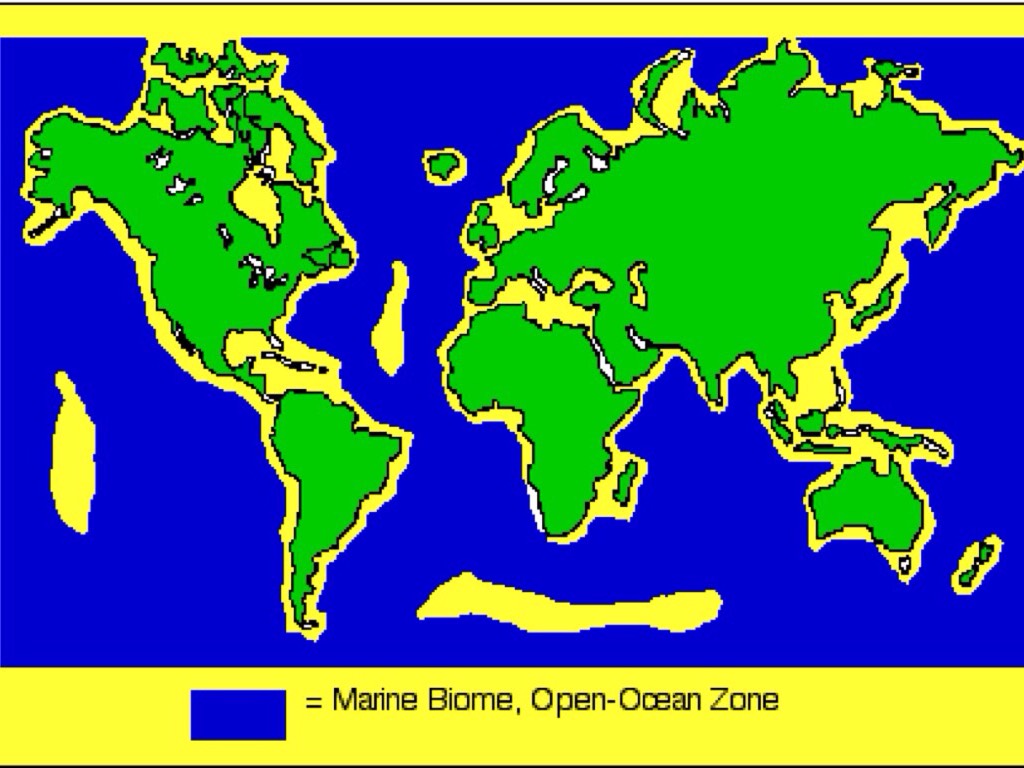
Biome Water Temperature Soil Plants s; Desert: Almost none: hot or cold: poor: sparse – succulents (like cactus), sage brush: sparse – insects, arachnids, reptiles and birds (often nocturnal)
For ease of study, topics have been divided into 11 categories Biomes and Ecozones – General Resources Alpine or Mountain Biomes Aquatic, Tidal, Estuarine (Estuary), Marine, Ocean, or Water Biomes Chaparral Biomes Desert Biomes Ecozones of Canada Grassland or Savanna Biomes Temperate, Boreal, Coniferous, Deciduous Forest, …
Biomes are the major regional groupings of plants and s discernible at a global scale. Their distribution patterns are strongly correlated with regional climate patterns and identified according to the climax vegetation type.

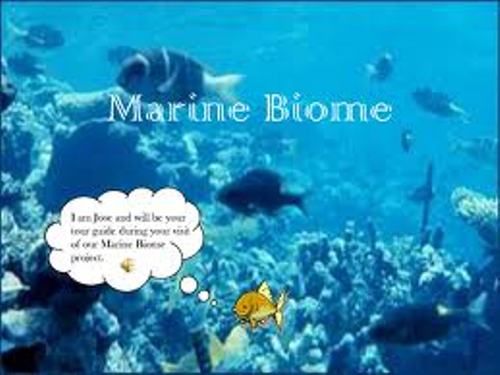
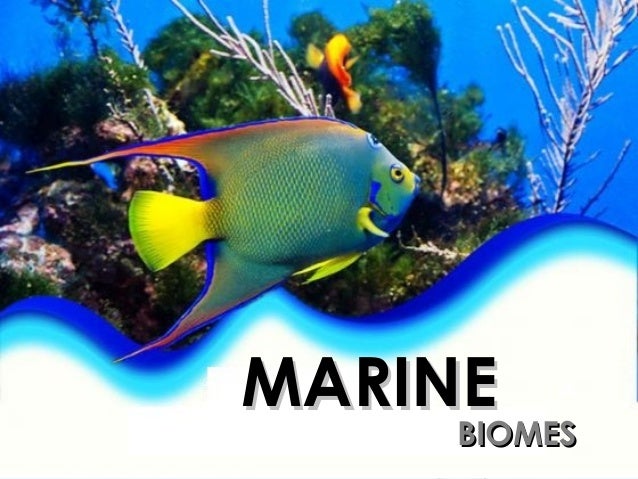
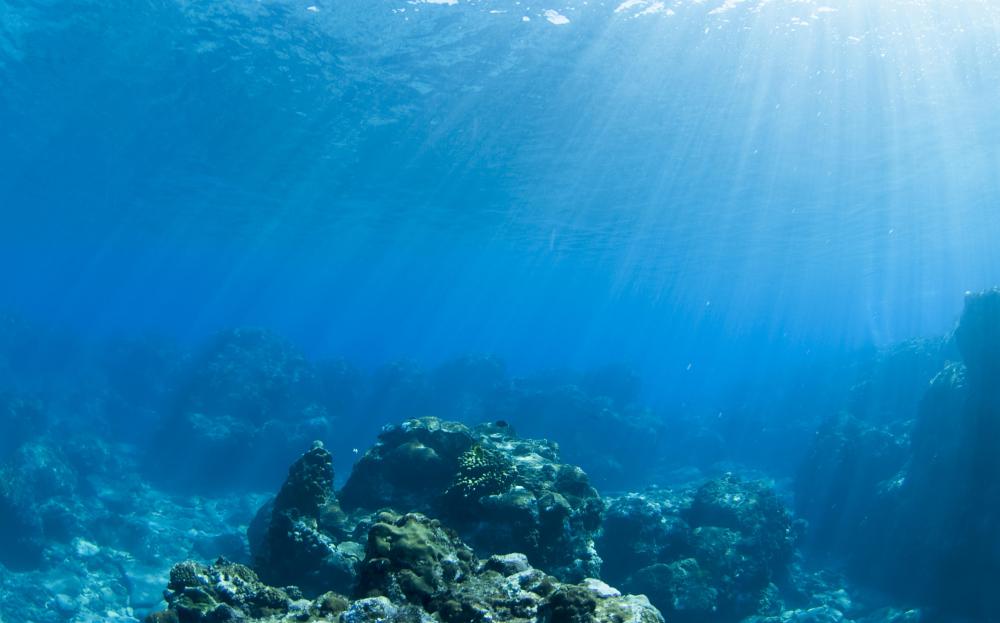

The tundra biome is believed to be the est of all of them in the world. It was believed to have formed approximately 10,000 years ago.
Water is the common link among the five biomes and it makes up the largest part of the biosphere, covering nearly 75% of the Earth’s surface.
Answer the question: What’s It Like Where You Live? Learn about terrestrial biomes and aquatic ecosystems. Follow link to site about plants.
Oyster The oyster is a bivalve, a soft-bodied marine that is protected by two hard shells. Picture Cloze for Ocean s – Printable Worksheet
The desert biome is one that is very hot and dry. They are found at the lower latitudes, between the Tropic of Cancer and the Tropic of Capricorn. Light winds
May 18, 2018 · A marine climate is a temperate climate with mild weather, a narrow range of temperature, and even levels of rain. Cities in a
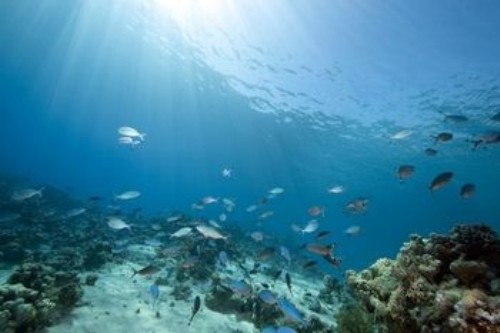
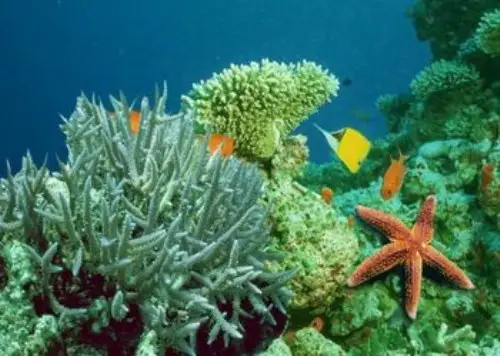

Labs. Have students do the “Building a Biome” lab where the teacher assigns a biome to each group and has them simulate it’s conditions.See the affect of acids on plant growth in the “Acids and Seed Germination” lab.

